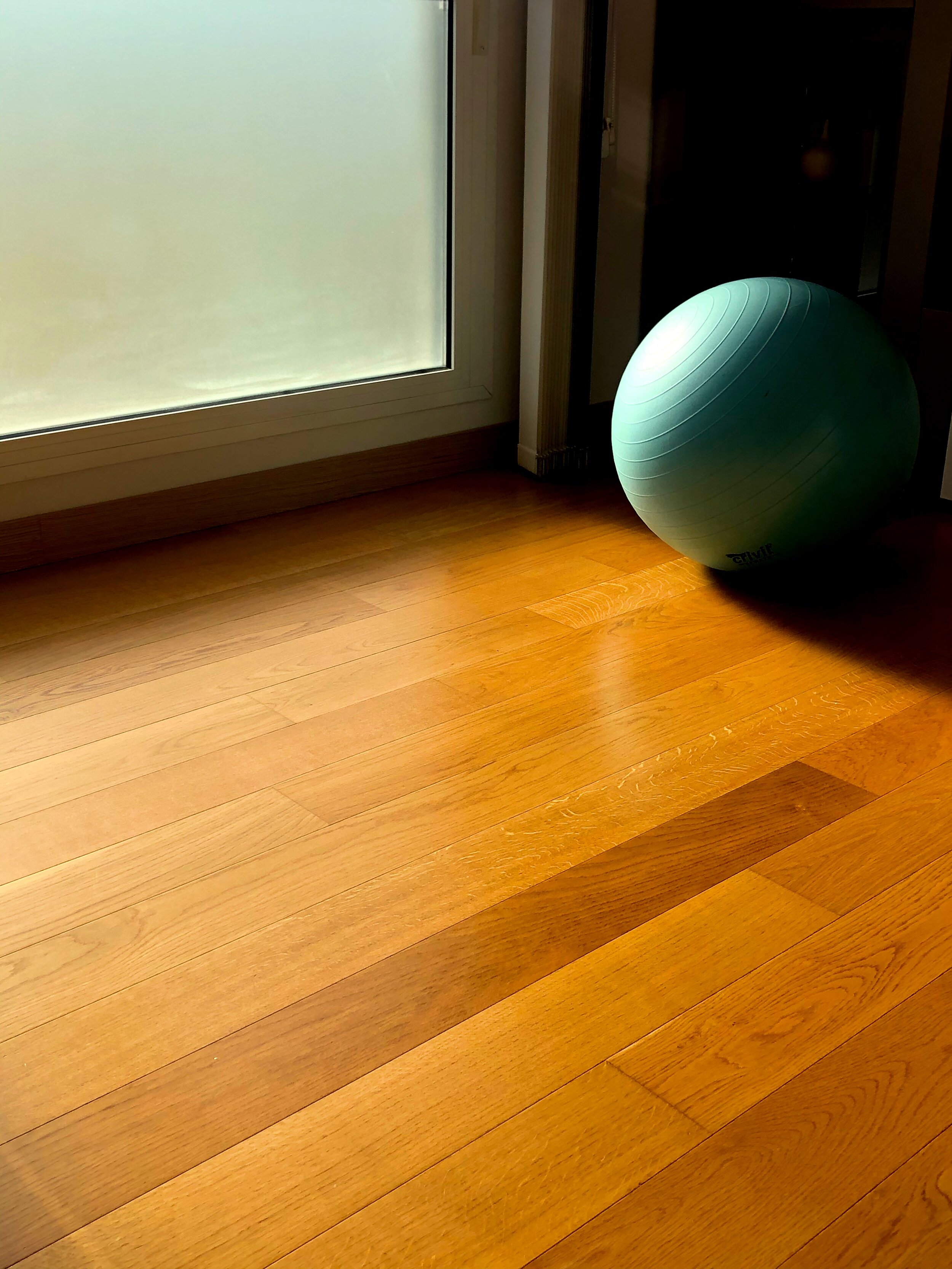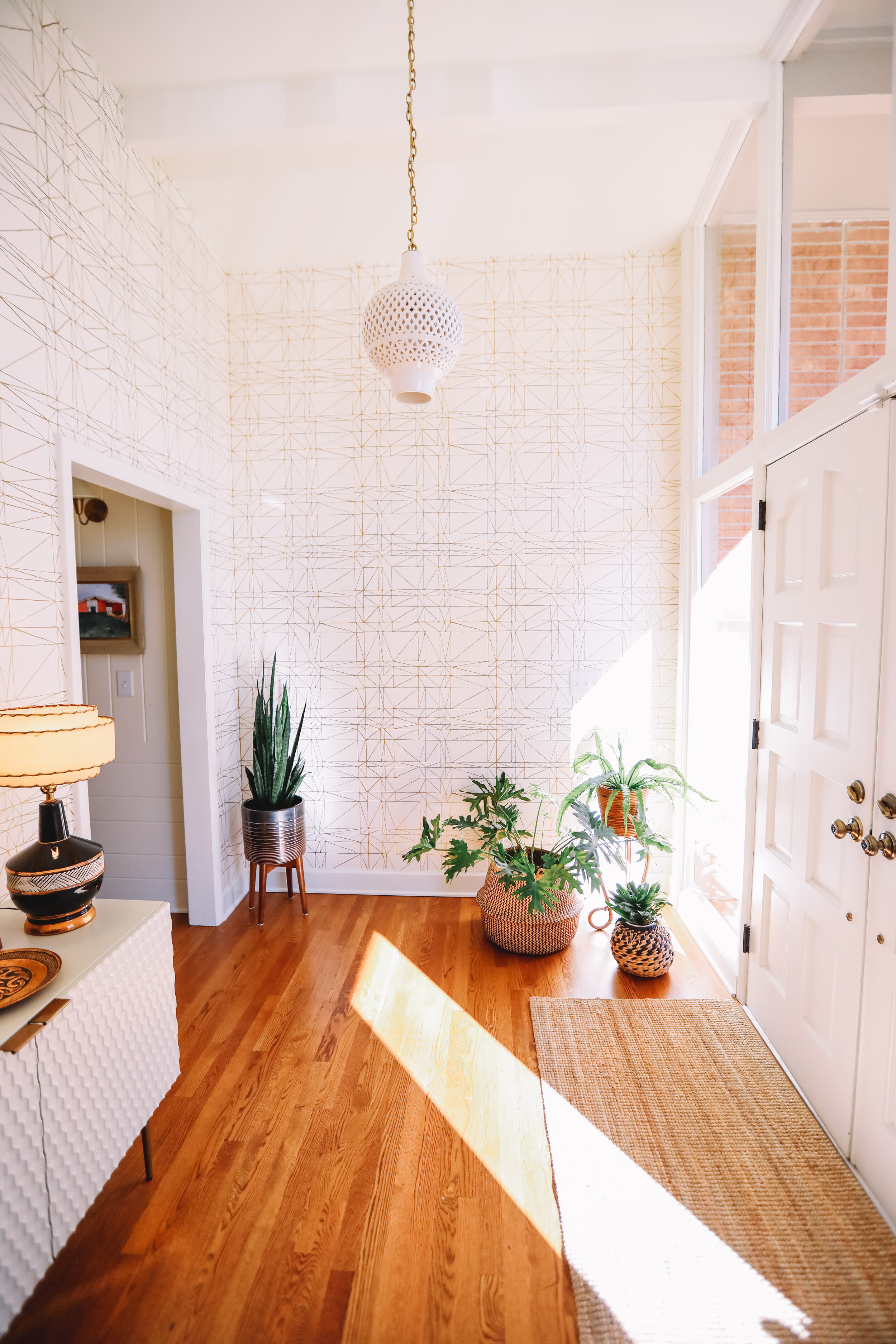Water Based Finish vs Oil Based Finish: Myths and Comparisons
Most homeowners agree that nothing can beat the rich, warm look of hardwood floors. In order to achieve that look, and more importantly to preserve it through years of use, it is necessary to apply a layer of polyurethane finish.
While the basic purpose of polyurethane finish is to protect your floor, that doesn’t mean all finishes are created equal. There are two distinct types of finish, oil-based and water-based, and there are some distinct differences between the two that you’ll want to take into consideration before you choose a finish for your floors.
Drying Time
No matter which type of finish you choose it will be necessary to apply several coats in order to provide the right amount of protection for your hardwood flooring. This is a crucial point to bear in mind because the most significant difference between an oil-based and a water-based finish is drying time.
Since water-based finishes are thinner, they tend to dry much faster and therefore you can apply several coats in one day. You’ll also be able to walk on the floor within about 4-6 hours after the final coat is applied, which means that you could be using the room again in the same day.
Compare that with thicker oil-based finishes that generally take at least 12 hours for each single layer to dry and require 24 hours of wait time after application of the final layer before you can walk on them. That means the room being worked on will not be usable for several days, which can be a major headache for homeowners.
Common Myth: Taking longer to dry means your floor will have better, stronger protection.
While oil-based finishes can certainly provide plenty of protection that doesn’t mean that water-based finishes are less effective. Water-based finishes may dry faster but they still provide a barrier to deflect scratches and dents and keep your floors looking beautiful for years to come
Smell
When most people think about applying a finish to hardwood floor the first thing that comes to mind is the strong smell. Unfortunately, there’s no way to completely avoid the pungent odor that is characteristic of polyurethane finish, but it can be mitigated to some degree by using a water-based finish. In fact, most water-based finishes have very little smell, making them safer to apply and safer for your family to live with.
When applying the much stronger-smelling oil-based finishes, you’ll need to use a respirator and you’ll find that the smell remains on your clothes for hours afterward.
It is highly recommended that you and your family leave the house for the duration of the finishing process and that you remove your pets from the home as well. With water-based finishes, there is no need to use a respirator and it is perfectly safe for your family and your pets to remain in the house.
Of course, the real safety issue here is not just the smell, it’s the fact that flooring finishes contain VOCs (volatile organic compounds), which are emitted into the environment and can cause a number of health issues.
In general, water-based finishes contain fewer VOCs than oil-based finishes, which makes them more attractive to consumers who are worried about being environmentally friendly.
Common Myth: Fewer VOCs make water-based finishes the obvious environmentally friendly choice.
While having fewer VOCs is certainly a selling point, it doesn’t necessarily mean that water-based finishes are the clear choice for the environment since they don’t last as long as oil-based finishes and will therefore need to be re-applied more frequently. Depending on the wear your floor gets, this could negate any benefit you’re getting from the lower VOC content.
Thickness/Hardness
Since a finish is applied in order to protect the wood underneath, the thickness of that protective layer is certainly an important point to consider. Not surprisingly, the thickness of the finish layer varies depending on how many layers of finish are applied.
As water-based finishes are thinner, more layers may be required in order to achieve the desired level of protection. This will depend on the area being finished and what the traffic patterns are. In rooms that see a lot of traffic, a heavier finish will provide extra protection.
Common Myth: Since it’s thicker, an oil-based finish provides more protection.
Since the extra thickness of an oil-based finish helps to prevent surface scratching, that makes it a good choice for high-traffic areas but it doesn’t mean that it will protect against all damage. While they may be thicker, oil-based finishes are also softer than water-based, which means they are more susceptible to denting.
In a room where heavy pieces of furniture are used and moved, a water-based finish may actually be the better choice.
Cost
Let’s face it, for any homeowner on a budget cost is going to be a primary concern and it is one of the areas where oil-based and water-based finishes differ dramatically. Simply put, water-based finishes are significantly more expensive than oil-based.
You can pay as much as $0.50 to $1.00 more per square foot for a water-based finish than you would for an oil-based finish. When you also consider the fact that water-based finish wears out more quickly and will need to be re-applied more often, you can see how your costs could go up even more.
Common Myth: Paying more means you’re getting a better end result.
While in most cases, paying more usually means getting a higher quality product this isn’t always the case for flooring finishes. There are many very good quality oil-based finishes that can give you the look you want for much less. If you’re on a tight budget you’ll want to carefully consider all of your options and make the choice that works best for you.
Look
When it comes to flooring finishes perhaps the biggest deciding factor is the end look. You don’t want to go to the expense and effort of installing hardwood flooring only to end up with a less-than-ideal final product. The final look is also where oil-based and water-based finishes differ the most.
Oil-based finish has an amber, or yellowish, color while water-based finishes are clear. Obviously, since they don’t have any color of their own, water-based finishes won’t add any extra color to your flooring.
That means the beautiful natural look of the wood will able to shine through for the duration of the floor’s life. In comparison, oil-based finishes will darken over time, causing the floor to look darker and heavier.
Common Myth: Oil-based finish produces a richer, warmer, more attractive look on all types of flooring.
While an oil-based finish can help to enhance the look of many types of hardwood floors, it doesn’t necessarily produce the best final look for all types of flooring. Since it tends to get yellower over time, it is not recommended for woods that are lighter in color, including gray-stained, white-stained, or white-washed flooring.
Also, lighter woods like Maple and woods with a naturally yellow tint of their own such as Ash, Pine, or Fir, usually do better with a clearer water finish that won’t take away from their natural look. With harder woods like Oak, an oil-based finish is the better choice as the addition of the amber tint can help to produce a warm, rich look.
Bottom Line
As you can see, a good case can be made for either an oil-based or water-based finish. Both are perfectly legitimate choices and each one has its pros and cons. The finish you choose for your flooring will depend on the type of wood you use, the area where you’re using it, and the overall look you are trying to achieve.
There is no doubt that hardwood flooring can be a significant investment so you should carefully consider your options before you choose a finish. That way you can protect and enjoy your beautiful floor for years to come.



